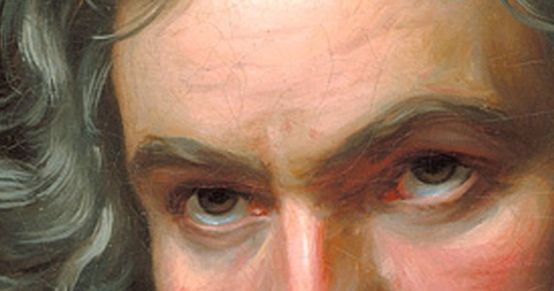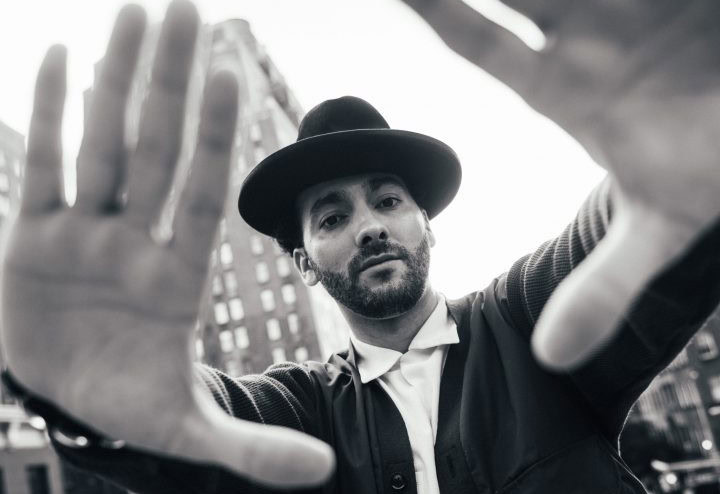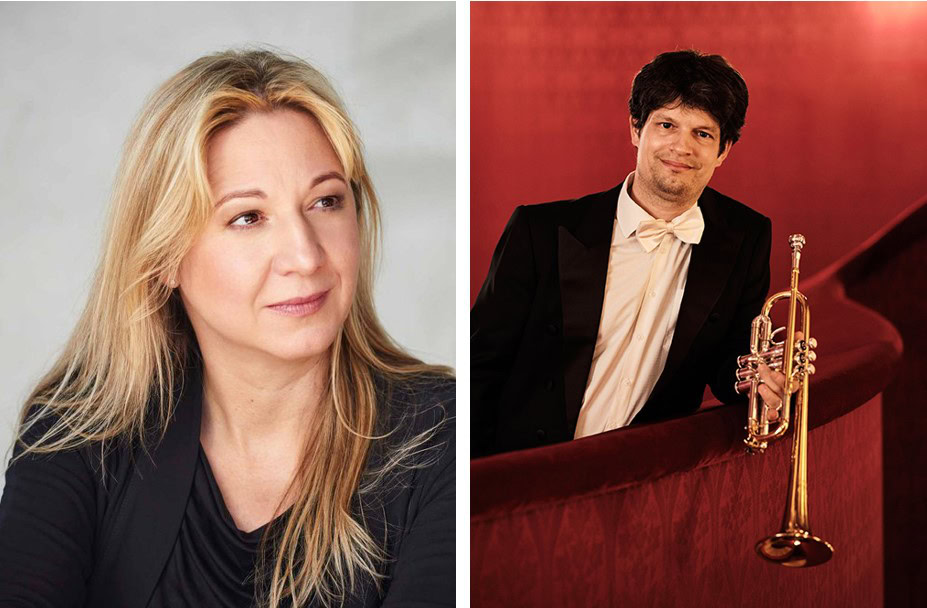Piano Sonata No. 18 "The Hunt"
Beethoven every Friday: to mark his 250th birthday, we take a look at one of his works every week. Today it's the Sonata for Piano No. 18 in E flat major "The Hunt".

After his worries about the progressive loss of his hearing, social isolation and suicidal thoughts that had already been overcome had reached a climax and catharsis in the "Heiligenstadt Testament" (it is a letter to his two brothers written on October 6, 1802, but never sent), Beethoven also began anew creatively. He is said (according to Carl Czerny's recollection) to have confessed to his friend Wenzel Krumpholtz: "I am not satisfied with my previous work. From now on, I want to take a new path." Czerny already referred this statement to the Piano Sonatas op. 31, in which Beethoven actually rethinks the genre in a new and different way. This applies not only to the Storm Sonata (op. 31/2), but also the Sonata in G major (op. 31/1), both of which were published together in April 1803 by Hans Georg Nägeli in Zurich as volume 5 of the Répertoire des Clavicinistes appeared in print. It was not until November 1804 that the Sonata in E flat major op. 31/3 followed as volume 11 together with a reprint of the Pathétique op. 13, as Beethoven no longer delivered the fourth sonata Nägeli had expected. - The Répertoire des Clavicinistes incidentally formed the modern counterpart to the series of Musical works of art in the strict style of writingwhich nails with the Well-tempered piano had opened.
Alongside Clementi, Cramer, Dussek and Steibelt, Beethoven was in the best of company with his sonatas. The musical standards of the series were set high, as can be seen from an advertisement published on various occasions: "First of all, I am interested in piano solos in a grand style, of great scope, in manifold deviations from the usual sonata form. These products should be characterized by detail, richness and fullness of voice." The edition was engraved in Paris, so that the postal route to Vienna was too far and too long for a proper proofreading. Beethoven's sonatas therefore appeared with numerous errors, Opus 31/1 even with an unauthorized four-bar insertion. Beethoven is said to have reacted indignantly and only a short time later arranged for a new edition to be published by Simrock in Bonn with the significant addition "Edition tres Correcte".
All three works are unusual. In Opus 31/3, after a whole series of formal experiments, Beethoven returns to the four-movement structure - only to leave it until the Hammerklavier Sonata op. 106. At the same time, he disregards the usual order of the two middle movements. The musical parameters of the slow movement and dance movement are also paired, intertwined, interchanged and yet set against each other: In second place is a wonderfully sonorous scherzo, often in the baritone register, in idiosyncratic 2/4 time (Allegretto vivace), followed by a calmly flowing Menuetto of an older style in 3/4 time (Moderato e grazioso). The beginning of the first movement is also ambiguous: what initially seems like a tempo-reduced introduction turns out to be the main theme of the movement. According to Carl Czerny, the brilliant finale, virtuosically traversing the piano's ambitus, goes back to an improvisation when Beethoven "saw a rider galloping past his window". In view of the frenzied tempo (Presto con fuoco) and the surprising harmonic swerves, one gets the impression that it must have been more of a wild par force ride.
Listen in!








